Iksan National Museum (국립익산박물관)
14685 2024-04-07
362, Mireuksaji-ro, Iksan-si, Jeonbuk-do
+82-63-830-0900
Iksan National Museum is located near Mireuksa Temple Site (Historic Site No. 150), one of the largest temples of the Baekje dynasty during the Three Kingdoms Period. A total of roughly 19,200 artifacts were unearthed during archaeological research in 1980-1996, and the museum was opened as Mireuksa Temple Site National Museum in 1997 to display these findings. The Stone Pagoda of Mireuksa Temple Site (National Treasure No. 11) was restored in 2009, and the site was recognized as a World Heritage by the UNESCO in 2015, afterwhich the museum name was changed to the current Iksan National Museum. The museum also offers various cultural events and programs, including on-site education, historical and cultural lectures, and summer culture school.
Gochang Pansori Museum (고창판소리박물관)
10730 2024-04-06
100, Dongni-ro, Gochang-gun, Jeonbuk-do
+82-63-560-8061
The Gochang Pansori Museum was established in the old residence of ‘Dongni’ Sin Jae-Hyo (a musical theorist and arranger and a sponsor of Pansori) with the aim of honoring the great Pansori singers of the past (including Sin Jae-Hyo) and preserving and developing the indigenous tradition of Pansori. Of the original rooms of the residence only Sarangchae (an annex where men used to study or welcome guests) has been renovated and is open to the public. Right next to Sarangchae is the Dongni Gugakdang (Korean Traditional Music Hall).
Over 1,000 pieces related to Pansori and great local singers are on display at the museum, included personal possessions once owned by Sin Jae-Hyo (penname ‘Dongni’). For those interested in learning more about the traditional art of Pansori music or experiencing high-quality Pansori, the Gochang Pansori Museum is a must-visit travel destination.
eonju Hanji Museum (전주한지박물관)
28026 2024-04-06
59, Palbok-ro, Deokjin-gu, Jeonju-si, Jeonbuk-do
+82-63-210-8103
Jeonju Hanji Museum was founded to promote the excellence of hanji (traditional Korean paper) and present how it has impacted the lifestyle of Koreans in the past and the present. Hanji crafts, tools for making Hanji, ancient manuscripts and books are on display, and there is a museum shop where visitors can buy souvenirs to take home with them. Activities such as hanji making and woodblock printing are also part of the experience.
Open Space Nu-e (복합문화지구 누에)
0 2024-04-06
462-9 , Wanju-ro, Wanju-gun, Jeonbuk-do
Nu-e, a complex cultural district located in Wanju-gun, Jeollabuk-do, opened with the goal of "a living space where everyone communicates through art." As part of the cultural regeneration project, it was built in the Jeollabuk-do Jameop (silkworm business) testing center complex and is carrying out projects such as cultural and artistic education, exhibition planning, and the creation of creative spaces. Facilities include Nu-e Art Hall, where various art exhibitions and performances are held, guesthouse 'Sum' for local residents, a camping ground and lounge, a pottery room, a kiln room, etc. There is a children's space called "Dreaming Nu-e Playground" where adults are not permitted, making it a good place for family trips. It is also recommended to visit the Jeonbuk Provincial Museum of Art and Samnye Culture and Art Village, representative tourist facilities in Wanju-gun.
Jeonju Korean Traditional Wine Museum (전주전통술박물관)
27235 2024-04-06
74, Hanji-gil, Wansan-gu, Jeonju-si, Jeonbuk-do
+82-63-287-6305
Jeonju Korean Traditional Wine Museum offers visitors the unique chance to explore the world of traditional Korean liquor and engage in related hands-on experience programs. At the museum, visitors can see the tools, machines, and the process used in the making of home-made traditional liquor and even taste them. Guests can also try their hand at making homemade wine and rice wine after making a reservation.
Byeokgolje Museum of Agricultural Culture (벽골제 농경문화 박물관)
13440 2024-04-06
442, Byeokgolje-ro, Gimje-si, Jeonbuk-do
+82-63-540-4989
The largest irrigation facility in Korea, Byeokgolje Reservoir (Historic Site) is considered the birthplace of Korea’s rice-farming culture. All that remains of the reservoir today are a three-kilometer long embankment that spans from Sinyong-ri to Wolseung-ri in Buryang-myeon, Gimje-si and a monument that was erected in 1415. The Byeokgolje Museum of Agricultural Culture exhibits around 250 artifacts related to rice farming; located within the same complex is an experience center where visitors can discover many properties of irrigation facilities first-hand.
Taekwondowon (국립태권도원)
26213 2024-04-06
1482 Museol-ro, Seolcheon-myeon, Muju-gun, Jeonbuk-do
+82-63-320-0114
Taekwondowon is a training facility designed for practitioners of Taekwondo worldwide. It features the National Taekwondo Museum, a theater, and an arena, offering 45 diverse programs. Serving as a space for the practical application of Taekwondo's fundamental tenets of body, mind, and spirit, it welcomes anyone interested in Taekwondo to participate in its programs.
Seohak Art Village Library (서학예술마을도서관)
0 2024-04-06
12-1 Seohak-ro, Wansan-gu, Jeonju-si, Jeonbuk-do
Seohak Art Village Library opened June 2022 in Jeonju, Jeollabuk-do. The library consists of nearly 1,000 books, making it rather small. However, the library makes up for its size with pretty decorations, making visitors want to stay longer. The library is located in an old building that was previously a cafe and gallery, so the library feels more like a book cafe.
Namwon Traditional Lacquer Craft Center (남원시 옻칠공예관)
0 2024-04-06
1234-5 Yocheon-ro, Namwon-si, Jeonbuk-do
Namwon Traditional Lacquer Craft Center is a lacquer crafts exhibition hall that opened in 2004 to spread lacquer culture, research on lacquer technology, and foster the younger generations. In Namwon, lacquer woodworking has been developed since ancient times, and traces of lacquerwork from the Bronze Age were discovered here. Accordingly, this craft center was built to establish Namwon as a central city for lacquer crafts through continuous research and development.
This two-story center consists of an exhibition hall, a store, an experience room, a laboratory, an audio-visual education room, and a training room. The exhibition hall displays awardwinning craft works and various lacquered crafts such as bowls, furniture, spoons and chopsticks, cabinets with flower and grass designs, tables, janggu (hourglass-shaped drum) sticks, and utensils used in ancestral rites. In addition, it operates experience programs for the general public and a store that sells lacquer crafts.
Gunsan Modern History Museum (군산근대역사박물관)
24722 2024-04-06
240, Haemang-ro, Gunsan-si, Jeonbuk-do
The Gunsan Modern History Museum covers the history of Gunsan's transformative role as an international trading port. The museum exhibits past images of Gunsan, showing the city's rise and importance as a West Sea maritime distribution port.
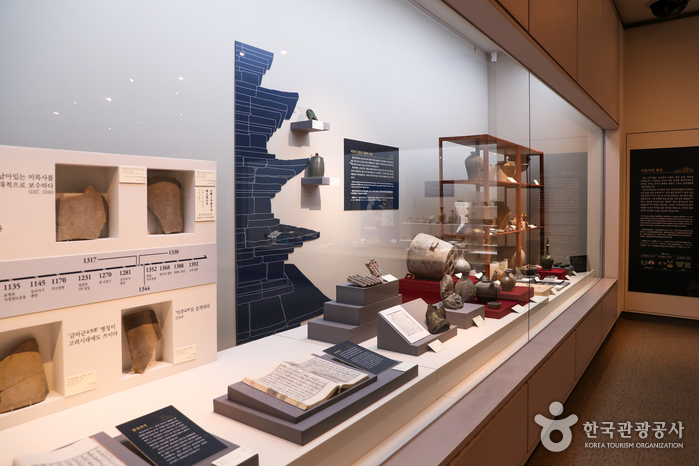
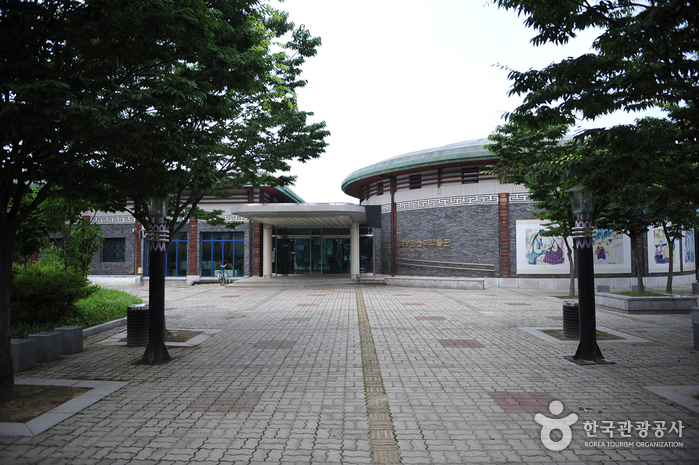
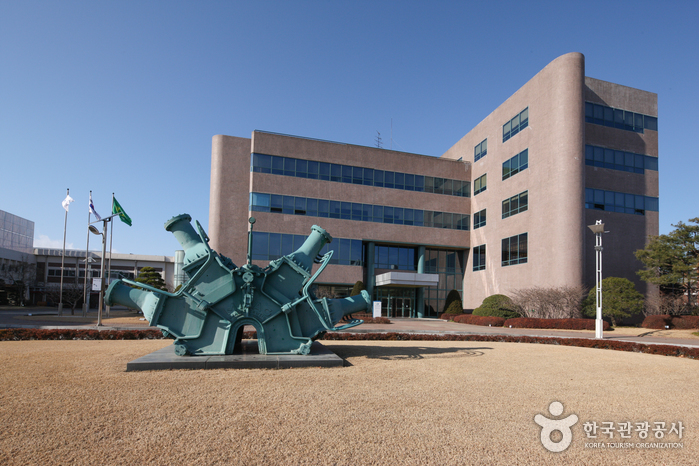
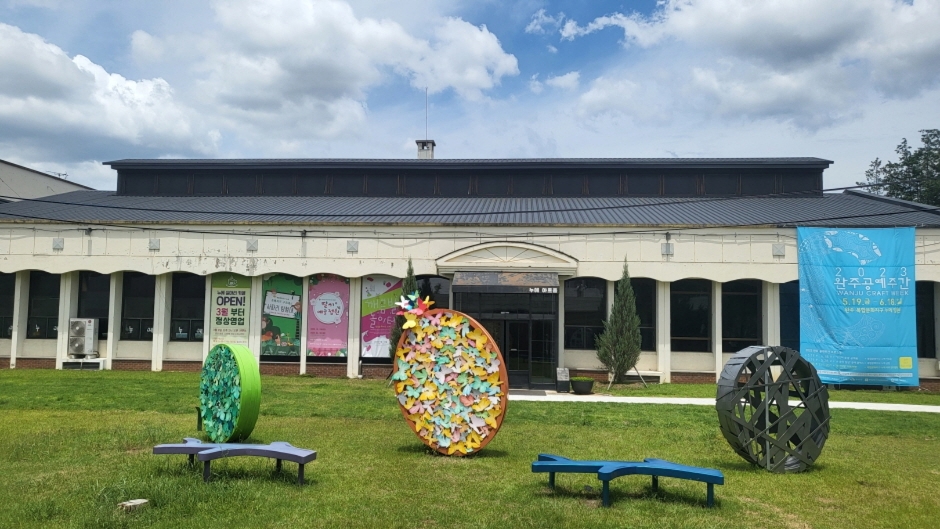

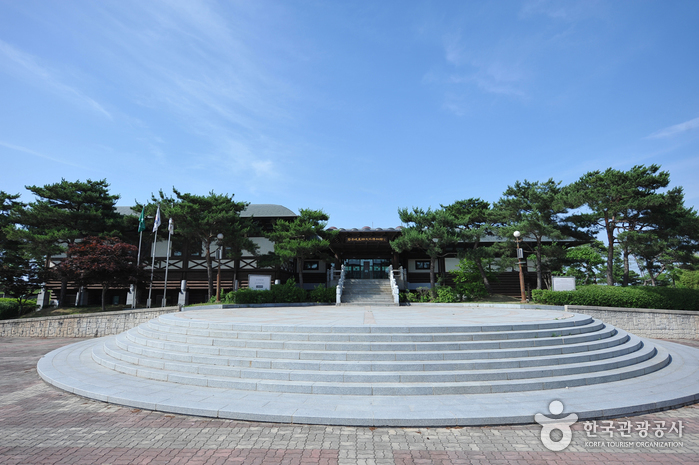
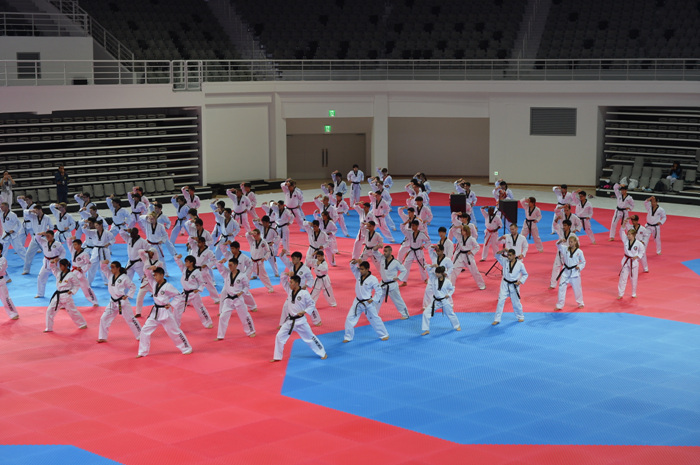
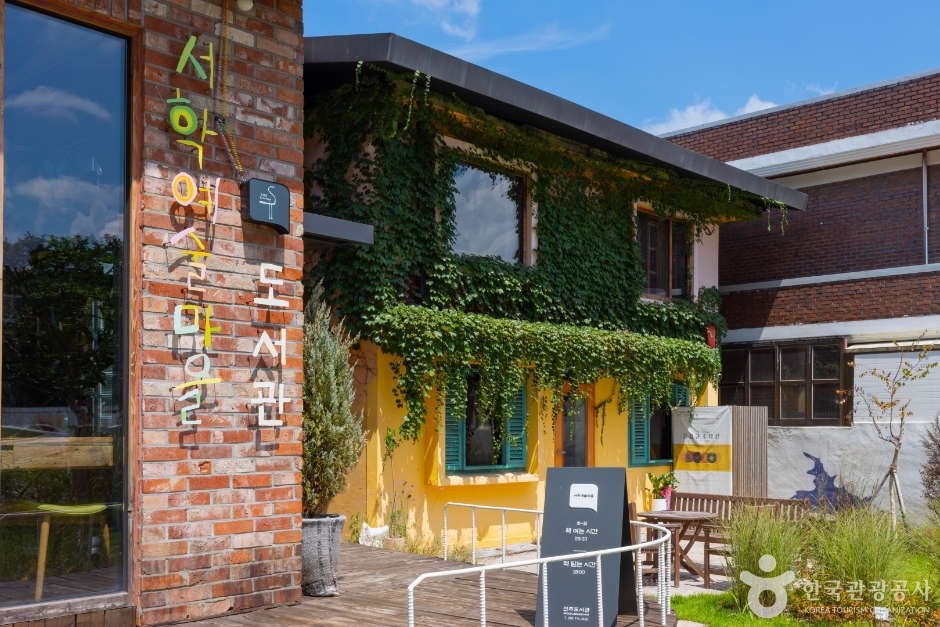
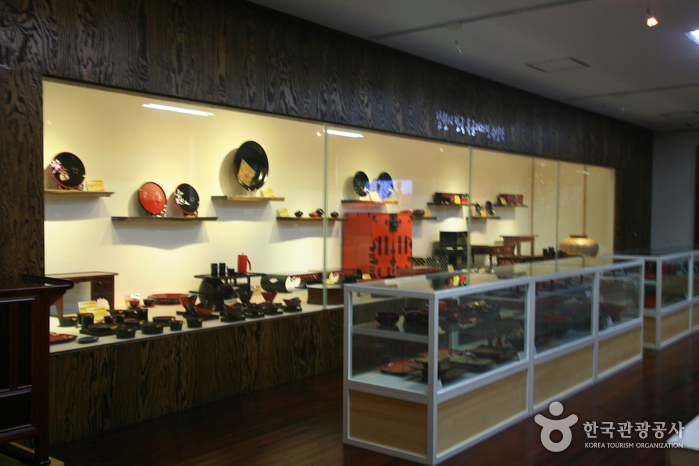
 English
English
 한국어
한국어 日本語
日本語 中文(简体)
中文(简体) Deutsch
Deutsch Français
Français Español
Español Русский
Русский